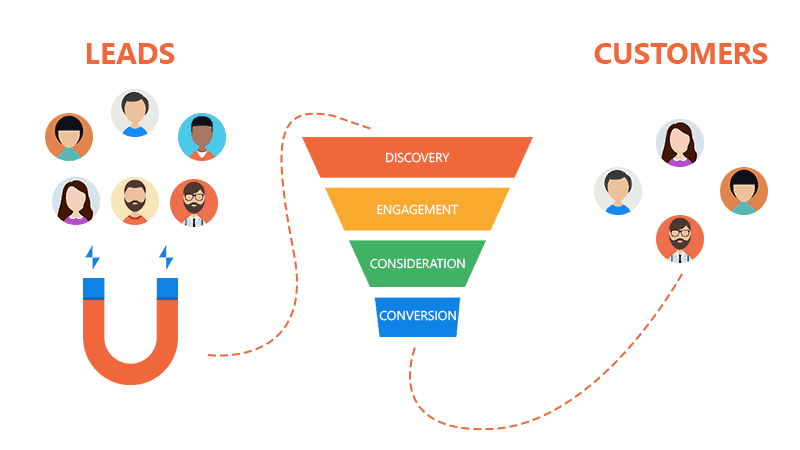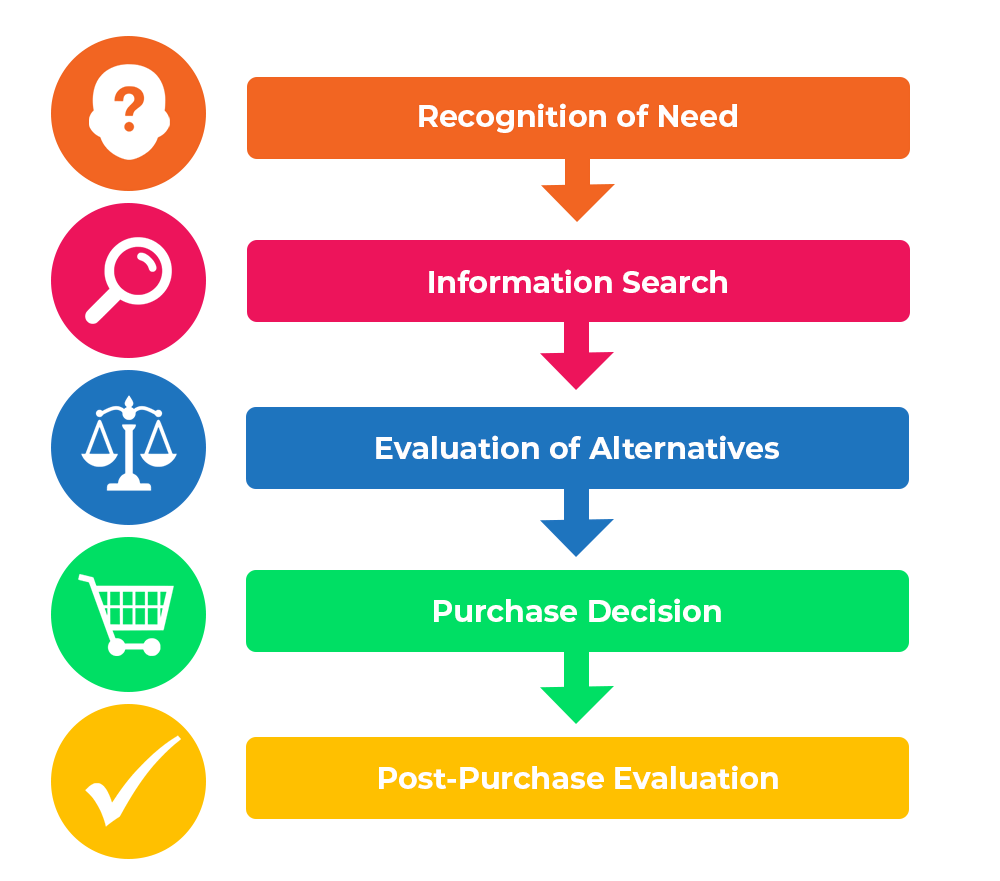How to Improve Conversion Rates: The Ultimate Guide
Improving conversion rates is crucial for any business looking to boost revenue and get the most out of its marketing efforts. But what exactly are conversion rates, and how can you start improving them for your company? This comprehensive guide has all the answers.
Table of Contents
Understanding Conversion Rates

Before we dive into the tactics and strategies for improvement, let's ensure we have a solid foundational understanding of conversion rates.
Defining Conversion Rates
Simply put, your conversion rate is the percentage of website visitors that take a desired action. Typically, that action is making a purchase or signing up for something. Mathematically speaking:
Conversion rate = (Total conversions ÷ Total visitors) x 100
So, if you had 1,000 website visitors last month, and 50 of them made a purchase, your conversion rate would be 5%.
Why Improve Conversion Rates?
Now, you might be wondering why my conversion rate matters so much. Can't I focus on driving more traffic? Well, yes and no.
Driving more traffic is great, but an improvement in conversion rate metrics can be even more powerful:
- More revenue from the same amount of traffic
- reduced advertising costs to hit revenue goals
- Better ROI on marketing investments
- The higher lifetime value of customers
The numbers make a compelling case for prioritising conversion rate optimisation (CRO). Even seemingly minor improvements can have an impressive financial impact.
Assessing Your Starting Point
Understanding where you're starting from is crucial when undertaking any improvement project. So, let's discuss how to assess your current conversion rate performance.
Learn Your Existing Conversion Rates
This may seem obvious, but you'd be surprised how many businesses haven't calculated their baseline conversion rates. Log into your analytics platform (Google Analytics is the most common) and pull your current site-wide and page-specific conversion rates. Document these numbers so you can compare them against them later.
Ideally, calculate these conversion rates:
- Site-wide rate
- Product category pages
- Product pages
- Shopping cart page
- Checkout process
- Blog Subscribe
- Contact/inquiry form
- Webinar Registration
- Ebook download
Benchmarks Vary by Industry
Next, find industry benchmark data to gauge your performance against the broader market. For example, average ecommerce conversion rates range from 1-5%, but premium fashion sits closer to 2%.
It's fantastic if your rates exceed your industry's typical numbers! But if they're lower, there's likely significant room for improvement.
Identify Weak Points
Comparing conversion rates across pages highlights areas that could be performing better. A product page rate significantly lower than your overall site indicates an issue convincing visitors to purchase that item. Use this data to guide your focus.
Optimising Each Step of the Journey

Let's dive into the good stuff now – how to improve those critical conversion rates!
The best way is to optimise each touchpoint along your customer journey funnel methodically. I'll break down key strategies for each phase.
Attract: Landing Pages
Your homepage likely drives tons of entry traffic, but people can land anywhere. Ensuring all landing pages compel visitors is critical.
Headline & Value Prop
Visually showcase your primary value proposition (ideally in 6 seconds). Craft a compelling headline focused on what the visitor wants.
Bad: “Welcome to [Your Company]!”
Good: “Mobile Plans As Low as $9/month – Get Your First Month Free”
Clear Pathways
Immediately direct visitors to the next logical steps aligned with your value props. Use eye-catching buttons that clearly describe what's next.
👎 Overwhelming arrays of navigation links
👍 One primary call-to-action button
Page Design
Visually reinforce messages through layout and graphic elements. Draw attention to action pathways and priority content sections using contrast, negative space and strategic vertical positioning.
Engage: Content Pages
Once visitors come in, you need to entice content to capture their attention before they hit the back button.
Scannability
Leverage formatting like subheaders, bullets, and fact boxes for easy skimming. Research shows internet readers scan (rather than read).
Multimedia
Break up blocks of text using relevant images, graphics and video. This boosts engagement and information retention. But don't go overboard!
According to analytics from Buzzsumo and Venngage:
- Articles with one image per 300 words maximise social shares
- Any more than six images results in lower reader engagement
Calls-to-Action
Readers need reminders and links to convert. Repeat site-wide calls-to-action across sidebars, page footers and after paragraph breaks.
Nurture: Popups & Emails
Not everyone who arrives at your site is ready to purchase or convert immediately. Collect contact information for more timely and relevant future outreach.
Exit-Intent Popups
Display targeted messages to visitors showing intent to leave. Exit popup conversion rates range from 2 to 4 times higher than basic opt-ins.
Welcome Emails
Trigger a series when visitors sign up. Present relevant incentives and educational content that nurtures awareness and relationships over time.
⚠️ Pro Tip: Embed calls-to-action to product and landing pages within nurture content. The odds of conversion increase with every additional touchpoint.
Convert: Shopping Cart & Checkout
Your hard work has paid off, and shoppers have added items to their carts! But the final purchase hurdles remain…
Cart Abandonment Emails
Send timely reminders if a cart goes untouched for a period. Recommend specific abandoned items first, then potentially site-wide discount incentives.
Abandoned cart conversion rates commonly jump from 25% to 50% with adequately timed and targeted emails.
Guest Checkout
Don't force account creation too early. Allow guest checkout with only essential fields, then optionally request account creation after confirming the order.
Mobile Optimisation
Given rising mobile shopping activity, ensure seamless transitions between product pages, carts and checkout on all devices. Prioritise critical elements for small screens.
Reduced Fields
Find opportunities to consolidate informational fields, offer smart defaults, or make options wherever plausible. Too many requirements trigger abandonment.
Progress Tracker
Alleviate purchase anxiety around long checkouts using visual step counters. Set expectations upfront around several steps and time to complete.
Trust Seals
Display security seals from recognisable third parties. Identifiers like Norton and McAfee build credibility around payment and privacy.
Testing Your Way to Higher Conversions

The strategies highlighted will undoubtedly get you pointed in the right direction. But how do you know what messaging, offers and visual layouts work best? Experimentation.
The Power of A/B Testing
Rather than guessing, use A/B testing to let accurate visitor responses guide design and content decisions.
How It Works
Send some visitors to a variant page, keeping the rest on the original (champion). The higher converting option reveals the optimal approach.
What to Test
Typical elements changed in A/B tests include:
- Headlines
- Email/popup content
- Images
- Videos
- Layout
- Offers
- Call-to-action placement/sizing
Follow these best practices for valid, valuable tests:
- Only change one element at a time
- Wait until statistical significance is met
- Run each test for at least two weeks
Over time, accumulated micro-wins from testing add up to exponential gains. Just a 1% improvement in conversion rates often increases revenue over six figures annually!
Executing Ongoing Optimisation
Congratulations, you've built a structured process for continuous conversion gains! But the work continues beyond here…
Interpreting Results and Iterating
Analyse performance at least monthly. Assess new weak points and brainstorm hypotheses for additional tests.
Cycle through the priority pages identified earlier and optimise systematically until significant gains are achieved.
Adding Pages & Journeys
Over time, expand your testing scope to encompass new site pages and user journeys. As you launch innovative offerings, repeat the process to maximise release.
Conversion optimisation truly never ends! But neither do the compounding revenue benefits over the long run.
Maintaining Momentum
With an ever-growing workload, how do you manage all these compounding tests and variants?
At higher volumes, dedicating software and personnel becomes vital:
- Conversion optimisation platforms
- Tag management tools
- Dedicated analysts/managers
- External optimisation consultants
Plan budgets and resources accordingly to support expansion while retaining organisational commitment.
Wrap-Up & Next Steps
We've covered much ground here on the what, why and how of conversion rate optimisation. Let's recap the key points:
- Conversion rates drive online revenue growth
- Small gains create significant financial upside
- Optimise visitor touchpoints across the entire customer journey
- Experimentation reveals what resonates with your unique audience
- Build processes for continuous improvement over time
Ready to build your own CRO game plan? Start with:
- Document your baseline rates
- Map priority visitor journeys
- Identify initial page elements to test
Feel free to reach out if you need any help getting started with your new conversion lift-off strategy!
Frequently Asked Questions
Still, have some lingering questions? Here, I'll tackle a few that often come up:
What conversion rate is “good” to aim for?
There is no universal “good” conversion rate, as it varies significantly by industry. Focus less on reaching an arbitrary number and more on continual improvement against your baseline over time.
How long does it take to see results from conversion optimisation changes?
Plan to run tests for a minimum of two weeks and expect to execute multiple incremental changes until finding a meaningful breakthrough. Pursue optimisation as an always-on process vs. a one-off project.
What is the best tool for conversion rate optimisation?
The top dedicated CRO platforms to explore are Optimizely, VWO, Omniconvert and Convert. But also leverage broader web analytics platforms like Google Analytics for analysis and A/B testing capabilities.
How much does conversion rate optimisation cost?
The financial investment can vary substantially depending on tool selection and team resources. Quality CRO platforms start between $600-$1000 monthly, with additional technical implementation and testing management costs. Many companies choose to work with specialist conversion consultants as well.
What typically has the most significant impact on conversion rates?
Improving page load speed has a massive impact. Pages that load in 5 seconds vs 19 seconds have nearly 40% higher conversion rates. Optimising technical performance is foundational. Beyond that, copy content layout and precise call-to-action placement drive significant lifts.
